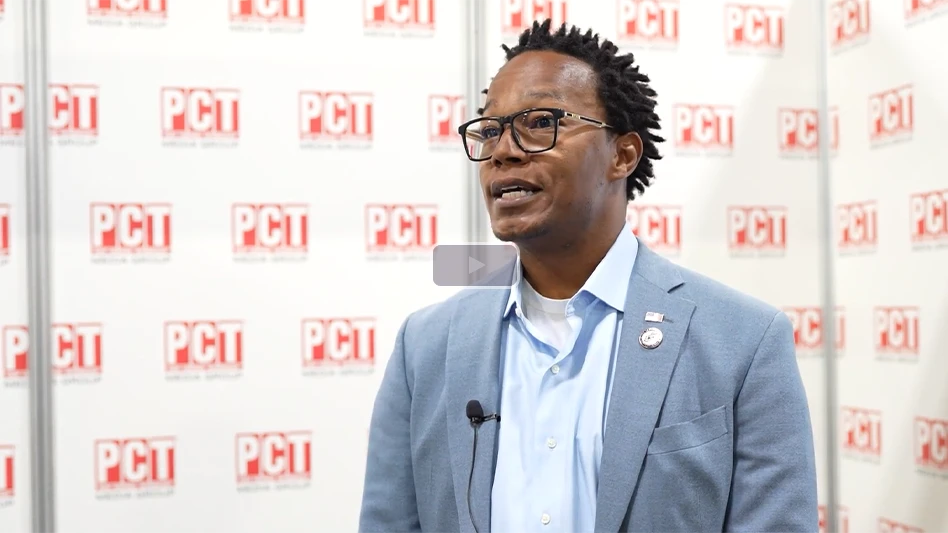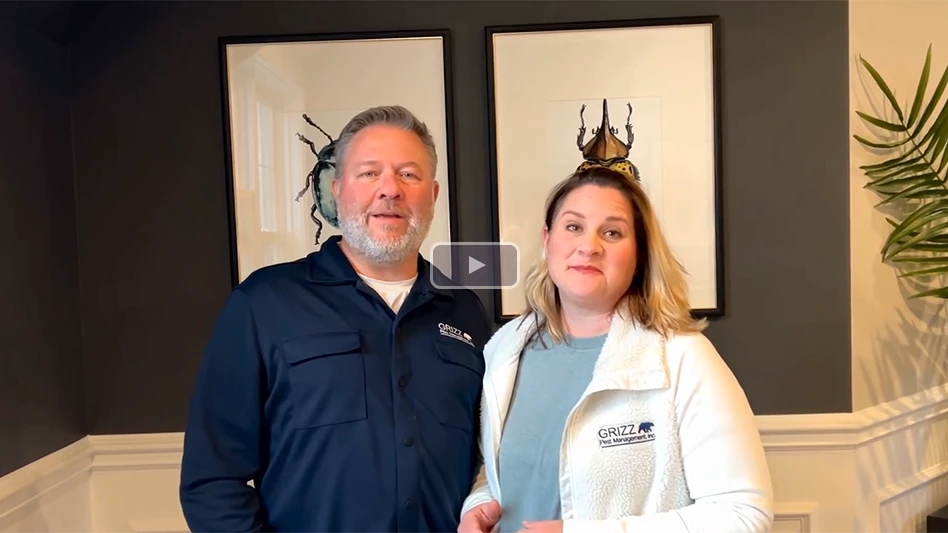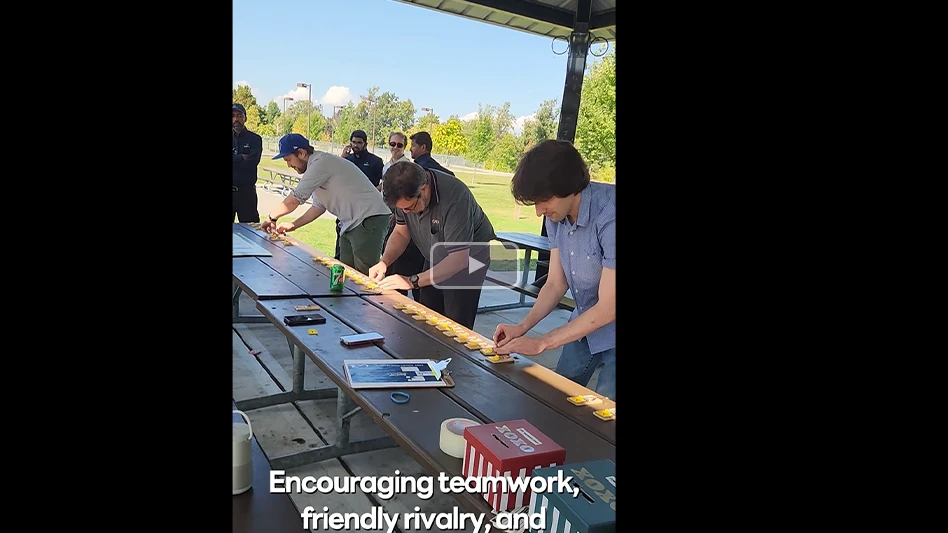A lot of investment goes into acquiring a new customer. And once we do, we want to maintain that customer relationship as long as possible in order to make sure our initial investment doesn’t go to waste. In marketing terms this is referred to as the "customer lifetime value" (CLTV). To put it simply, on average, how much revenue/ROI/profit does a customer generate for you over the period of time that you do business with them?
Determining CLTV. How do we determine a customer lifetime value? We apply a simple formula to find the expected dollar value associated with a long-term relationship for any given customer. This dollar value reveals how much that customer relationship is worth over a period of time. To estimate CLTV you need a few facts:
• What is your average expenditure per customer to acquire new customers?
• What is the average amount a customer spends with your business?
• What other services can you sell this customer to increase the average spend?
• What is your average retention rate for a customer?
Now that we have determined the current value of our customers, it’s easy to see how much profit potential exists in new, younger customers. The financial impact of obtaining a new customer at 25 instead of the average 33 years of age is significant. By considering generational marketing in your overall marketing plan, you may be able to capitalize on this opportunity.
Imagine our services have such value in the minds of the next generation that it’s no longer a "tough" sell but rather a partnership for protection. These customers would not only understand we protect the health and properties of families but also know the quality of life we have in America is due largely to our proactive approach to pest control. We wouldn’t need a "hard sell" because the value we provide would be instilled at a young age. And, with the average life span increasing to the early 90s — that is truly a lifetime of potential value.
How do we create these knowledgeable customers of the future? There is a reason why social activists on both sides of an issue are in the elementary schools; the youth have pliant minds. This is a time when children are forming their views of the world around them. Thus, what proactive steps are we taking to ensure our future customers and employees have a positive view of our industry? What are we doing proactively to form positive views of our industry with our future employees and customers?
A NEW MARKETING PLAN. Marketing to this generation means updating our marketing strategies to better fit their reality. Consider this:
• They’ve always had cell phones.
• They’ve always had computers.
• They’re unfamiliar with typewriter ribbons.
• They never heard, "Where’s the beef?" or "Don’t squeeze the Charmin."
To reach this generation we need to listen and learn how to speak their language.
About 10 years ago while I was the executive director for the Professional Pest Management Alliance, one of our board members, Vic Hammel (former owner of J.C. Ehrlich Pest Control) suggested we were missing an opportunity to change public opinion where it really mattered — with kids. Vic has always been forward-thinking and it encouraged our industry to go back into the schools to share the scope of what we do and help shape a brighter future for our industry.
We created tools such as the pestworldforkids.org website and "Pest Control Goes Back to School" presentations to help companies get into the schools and educate kids on the positive and professional aspects of our business. And, kids like bugs! If you add in the message about protecting health and homes, you reach our next generation when it matters — when they are forming opinions about the world around them.
Many know of the department store Nord-strom’s because of its exceptional customer service, but Nordstrom’s is also a perfect example of well executed generational marketing. According to marketing consultant Faith Popcorn, Nordstrom’s keeps its children’s shoe department so well stocked — not because it is such a money-maker (it’s not) — but because it creates continuity. Nordstrom’s wants to be the generational provider "from first shoe to middle to last." We have the same opportunity to build lasting impressions with our next generation of employees and customers. By getting our positive messages into the elementary schools, we will build a generation of kids who have foundational positive thinking about what we do to protect their families and homes.
Sometimes, it seems we struggle with the value of our work. We are not "bug killers." We protect the health and property of our customers and their families. We are professional and provide a quality of life unheard of in much of the world. Let’s go out and spread that message. If we do, we will not only grow the "lifetime" value of our customers, but use our services to improve the value of their lifetimes.
The author is chief marketing and strategy officer for Arrow Exterminators, Atlanta, and can be contacted at cmannes@giemedia.com.

Explore the May 2011 Issue
Check out more from this issue and find your next story to read.
Latest from Pest Control Technology
- MGK Announces EPA Registration of Botanical Active Ingredient Veratrine
- Termite Control Sales Strategies
- NPMA Announces ELP Class of 2025
- Termite Control Tools and Equipment for PMPs
- Choe Reviews Drywood Termite Geographical Hotspots, Latest Research Findings
- Mosquito Squad Announces Rebranding to Mosquito Squad Plus
- Pest Control Equipment: If it’s Critical, Back it Up!
- In Memoriam: Marybeth Wonson





